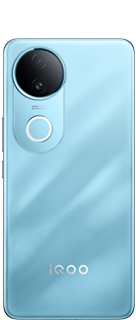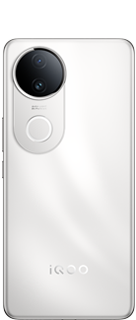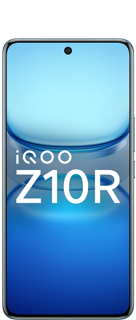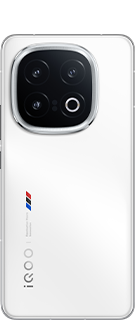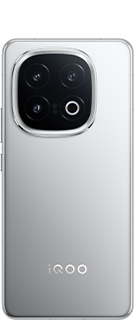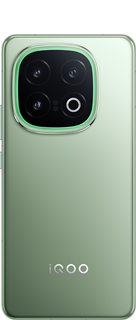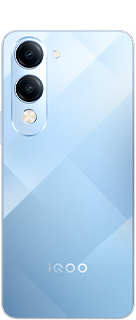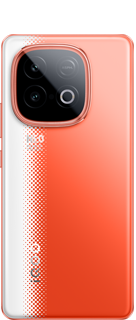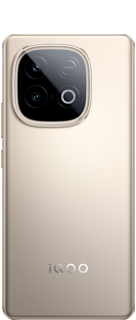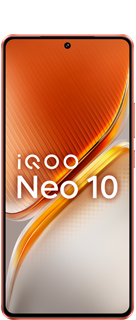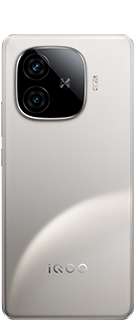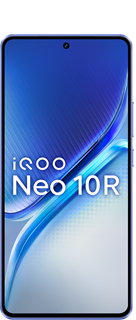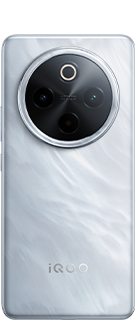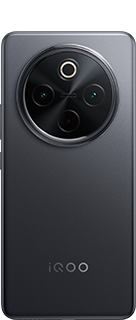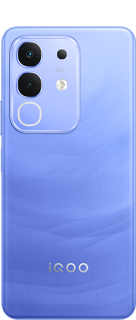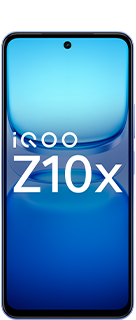Smartphone screens explained: Display types you need to know

Smartphones have become an integral part of our lives. We use them for communication, entertainment, and even work. One of the most important components of a smartphone is its display screen. It is the interface through which we interact with the device. Smartphone display screens come in different types, each with its own unique features and advantages. In this article, we will discuss the differences between the various types of smartphone display screens.
- LCD Screens

Liquid Crystal Display (LCD) screens are the most commonly used display screens on smartphones. They use a backlight to illuminate the screen and produce colors. LCD screens are known for their brightness and color accuracy. However, they are not as energy-efficient as other display types, and they are also not as thin.
- OLED Screens

Organic Light-Emitting Diode (OLED) screens are becoming increasingly popular on smartphones. They do not require a backlight, as each pixel emits its own light. This makes them more energy-efficient than LCD screens. OLED screens are also thinner and more flexible than LCD screens. They produce deep blacks and vivid colors, making them ideal for watching movies and playing games. However, they can be more expensive than LCD screens.
- AMOLED Screens

Active Matrix Organic Light-Emitting Diode (AMOLED) screens are a type of OLED screen that uses a thin-film transistor (TFT) to control the flow of electricity to each pixel. This makes them more responsive and faster than regular OLED screens. AMOLED screens also produce deep blacks and vivid colors, and they are more energy-efficient than LCD screens. However, they can be more expensive than both LCD and regular OLED screens.
- IPS Screens

In-Plane Switching (IPS) screens are a type of LCD screen that offers wider viewing angles than regular LCD screens. IPS screens are known for their color accuracy and brightness, but they can be more expensive than regular LCD screens. They are also not as energy-efficient as OLED and AMOLED screens.
- Retina Screens

Retina screens are a type of LCD screen used by Apple on its iPhones. The term "Retina" refers to the high pixel density of the screen, which makes individual pixels indistinguishable to the human eye. Retina screens offer excellent color accuracy and brightness, and they are also energy-efficient. However, they can be more expensive than regular LCD screens.
In conclusion, there are several different types of smartphone display screens, each with its own unique features and advantages. When choosing a smartphone, it is important to consider the type of display screen and how it will impact your user experience. Factors to consider include color accuracy, brightness, energy efficiency, viewing angles, and cost. Ultimately, the choice will depend on your personal preferences and budget.
Please sign in
Login and share
